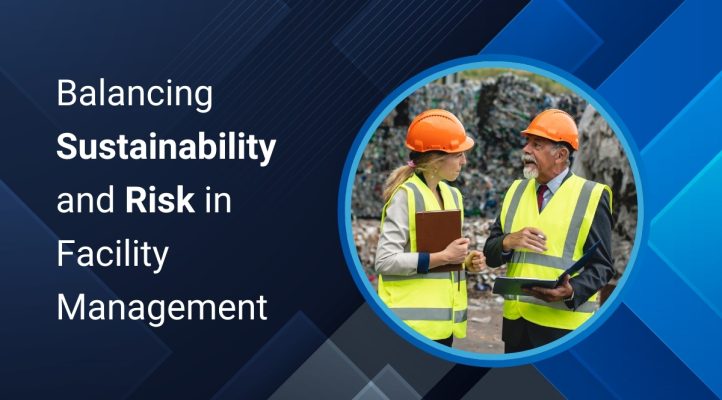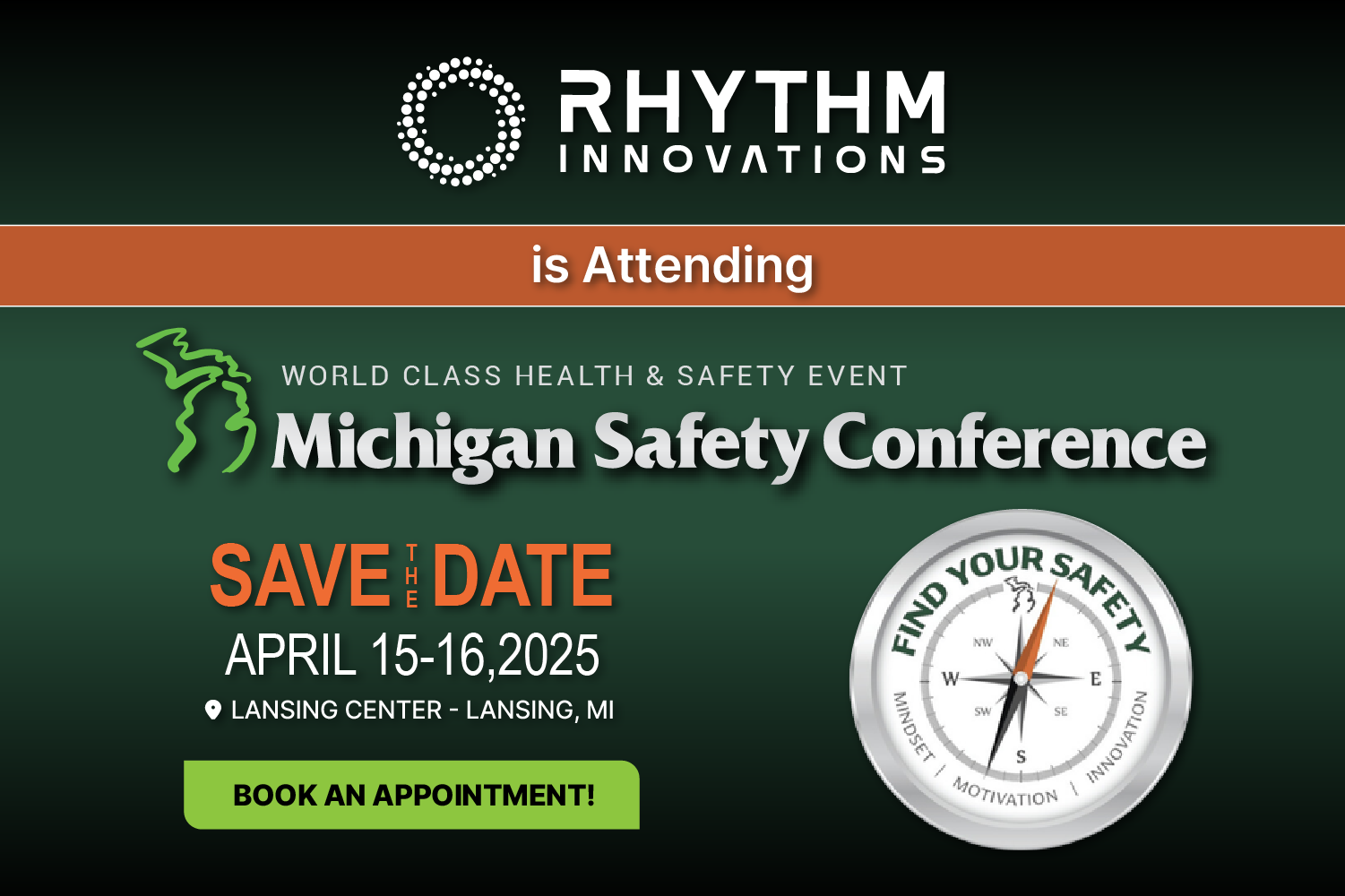How to Optimize Sustainability and Risk in Facility Management

Sustainability is at the heart of modern facility management. As organizations strive to reduce their environmental footprint, integrating sustainability initiatives with effective risk management is critical. This approach ensures facilities remain operationally efficient while contributing to broader environmental goals.
The Role of Sustainability in Facility Management
Facilities play a critical role in achieving organizational sustainability objectives. From cutting energy consumption to implementing waste reduction strategies, sustainable practices deliver tangible benefits like cost savings, enhanced employee well-being, and a more substantial brand reputation. However, these initiatives can also introduce new challenges, making a balanced strategy essential.
Navigating Energy Efficiency Challenges
Energy efficiency is often a cornerstone of sustainability efforts in facilities. Yet, achieving it can pose certain risks:
- Technology Integration: Upgrading energy-efficient systems like bright lighting or advanced HVAC units may bring compatibility and maintenance issues.
- Regulatory Compliance: Misaligned implementations could result in non-compliance with environmental standards, leading to penalties.
- System Reliability: Improper installation or insufficient upkeep of energy-efficient technologies may lead to inefficiencies and increased operational costs.
Strategies for Sustainable Risk Management
Detailed Sustainability Assessments: Perform comprehensive evaluations to pinpoint inefficiencies and identify areas for improvement. Assessments can highlight opportunities to enhance energy usage and align with sustainability goals.
Smart Technology Solutions: Deploy integrated platforms that combine sustainability metrics with real-time risk monitoring. These tools enable precise energy usage tracking, system performance, and compliance benchmarks.
Continuous Training: Equip facility managers and teams with knowledge to handle sustainable technologies effectively. Training ensures proactive issue resolution and reduces the risk of disruptions.
Stakeholder Engagement: Collaborate with internal teams, energy providers, and regulatory bodies to align sustainability initiatives and risk management practices.
How Rhythm Innovations Drives Sustainability in Facilities
Rhythm Innovations offers a comprehensive suite of tools to support facilities in achieving their sustainability goals without sacrificing operational integrity. Key features include:
- Sustainability Assessments: Our tools provide detailed evaluations to identify inefficiencies, optimize resource usage, and reduce environmental impact.
- Centralized Data Management: Consolidate energy usage, compliance, and sustainability metrics into one dashboard for seamless monitoring and decision-making.
- Predictive Analytics: Leverage advanced analytics to anticipate inefficiencies and system failures, ensuring proactive maintenance and long-term savings.
- Regulatory Compliance Tracking: Stay updated with evolving environmental regulations and ensure adherence through automated compliance checks.
Rhythm helps organizations integrate sustainability initiatives into their facility management strategies, ensuring environmental and operational success.
Conclusion
Sustainability in facility management is both a challenge and an opportunity to innovate. By integrating strategic risk management with sustainability initiatives, organizations can create environmentally responsible, cost-efficient, and resilient facilities.
Take the first step toward a more sustainable future. Contact Rhythm Innovations today to discover how we can transform your approach to facility management.


